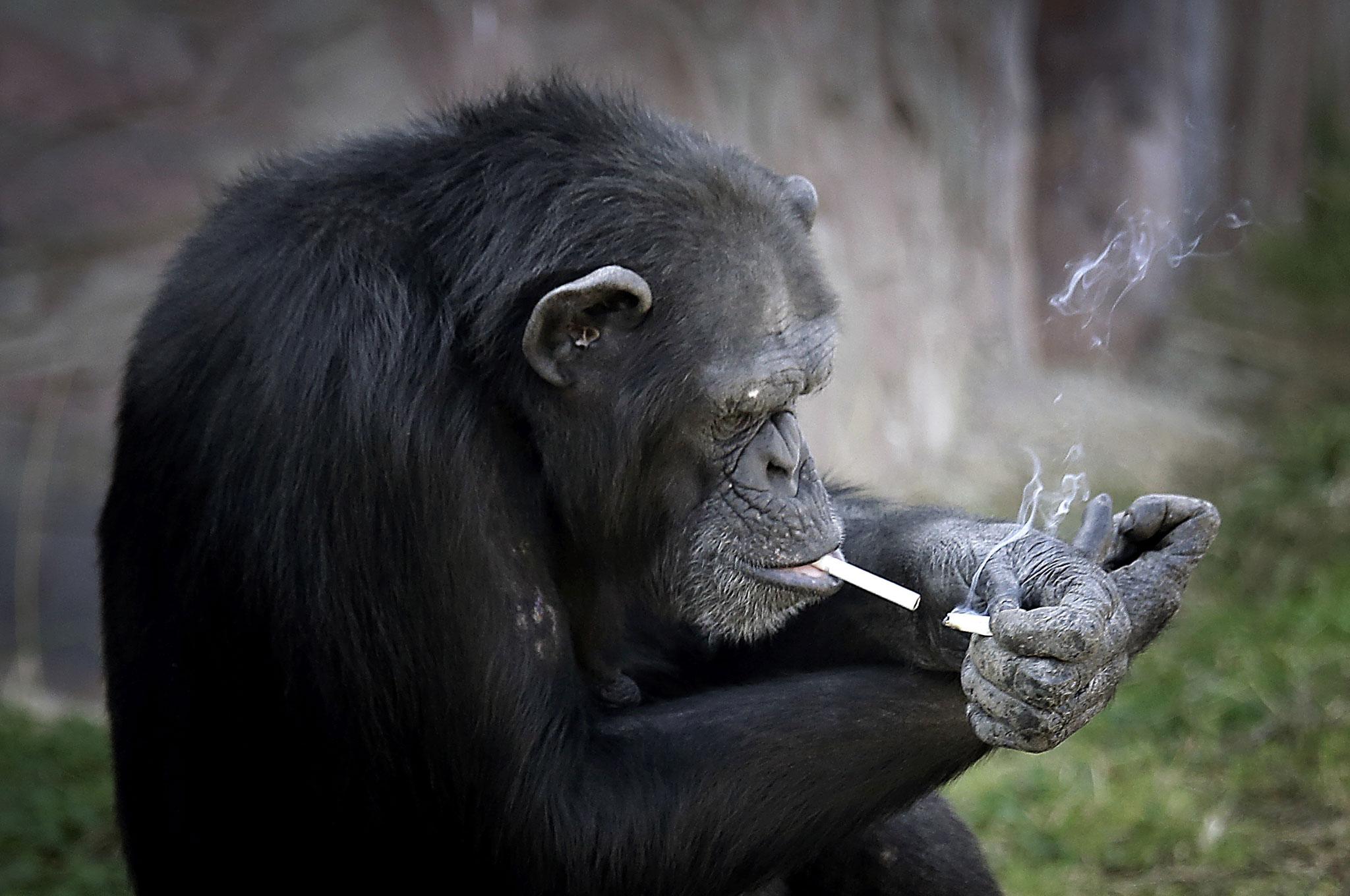

schweinfurthii) generally conform to a male-bonded model in which females are less social than males. The community structure therefore depends on how females use space inside of this male-defended territory. Males are highly gregarious and range widely in order to defend a community range (reviewed in Wrangham 2000 Williams et al. Compared with most other primates, dispersal in chimpanzees is female biased ( Pusey and Packer 1987). To provide a context for interpreting our results, we compare subordinate foraging strategies to dietary adaptations during periods of food scarcity.Ĭhimpanzees live in complex fission–fusion societies in which subgroups (parties) are transient within a permanent community ( Goodall 1986 Nishida and Hiraiwa-Hasegawa 1987). In this study, we examine how dominance rank influences foraging behavior in wild female chimpanzees ( Pan troglodytes schweinfurthii). The relationship between rank and reproductive success is typically explained in terms of higher resource holding potential for dominant individuals ( Parker 1974). As a result, dominant individuals should theoretically have higher reproductive success. 2001), and have higher energy intake rates (bears: Gende and Quinn 2004 white-faced capuchin monkeys: Vogel 2005). 2002 cleaning gobies: Whiteman and Côté 2004), spend less time in vigilance (yellow-footed rock wallaby: Blumstein et al. Dominant individuals have priority of access to food (salmon: Hakoyama and Iguchi 1997 Arctic barnacle geese: Stahl et al. The influence of social dominance on foraging has been observed in a wide variety of taxa. In contest competition, individuals interact directly and some obtain more of a resource due to individual advantages such as size, dominance, or motivation ( Milinski and Parker 1991). We also provide evidence that subordinates may forage less efficiently because they occupy lower quality habitats or avoid associating with dominant females in shared areas.įeeding competition is often considered to be the most important cost associated with grouping ( MacDonald 1983) and is frequently invoked to explain differences in primate social structure ( Wrangham 1980 van Schaik 1989 Isbell 1991 Sterck et al. The results of this study therefore suggest that low-ranking females may face persistent “food scarcity” as a result of interference food competition. In this way, subordinate female foraging strategies were consistent with how females in general adapted to periods of food scarcity. We found that high-ranking females spent less time foraging and tended to have a narrower diet breadth and higher diet quality than subordinate females.

In this study, we investigated the influence of season and dominance rank on female foraging strategies.


schweinfurthii) at Gombe National Park, Tanzania. Although the importance of dominance rank among female chimpanzees ( Pan troglodytes) has been debated in the past, mounting evidence suggests that rank is very important among females ( P. Among mammals, female reproduction is generally thought to be food limited, and dominance should theoretically afford high-ranking females with access to better food resources.


 0 kommentar(er)
0 kommentar(er)
